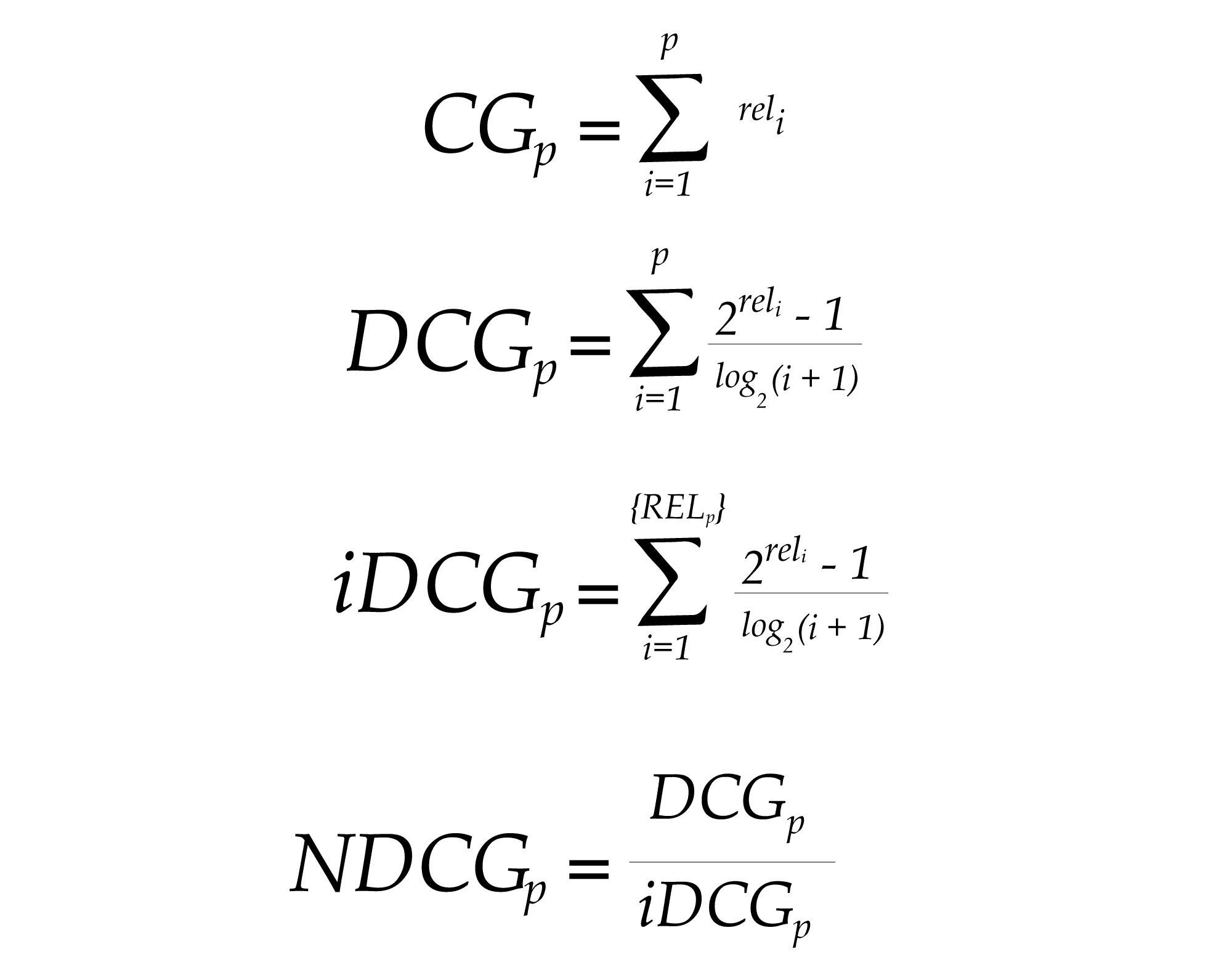
Is your website driving traffic but not sales and conversions? If yes, then amping up search relevance and strength of your site’s search may be exactly what you need. And there are a lot of solutions that can help you with that.
But how do you the best one for your specific needs? Fret not; we’ll help you untangle this mystery and face the dilemma of choosing the best search engine. Let’s get down to the brass tacks, shall we?
Key Factors to Evaluate the Quality of Search
Think about it: when a visitor comes to your website, your search is often the first element s/he interacts with. That makes it paramount to assess the overall quality of the search and its performance before you choose a search engine. Here are the key factors to take into consideration:
- Search Efficiency: The amount of effort that a user puts in to search and locate the desired information is defined as search efficiency. The less the efforts involved, the more efficient the search engine.
- Search Effectiveness: The frequency of typing/retyping and revising the search terms in order to reach the desired information is known as search effectiveness. The less the frequency of redefining the search query, the more effective is the search engine.
- Search Relevance: The evaluation of how closely a search result is related to the query is known as search relevance. With a high degree of search relevance, you can find the right information at the right time effortlessly.
Key Metrics to Evaluate the Quality of Search
Measuring the effectiveness of a search engine is a whole new ballgame. However, by gauging the search behavior of a customer, you can derive insights to ascertain the effectiveness of your search engine. Here are a few metrics that help us understand and measure search behavior.
1. Precision
The fraction of relevant search results among the total search results is known as precision. Let’s say you run a query “tote bags” and the engine returns 30 results – out of which, 15 are tote bags, 10 are jute lunch bags and 5 are laptop bags. The precision in this instance is 50% (15/30). There might be several reasons behind a low rate of precision but lack of context remains the core problem.

2. Recall
The ability of a search engine to retrieve all the relevant results from the corpus is known as recall. Let’s take the same search query again – tote bags. Although there are 50 products that qualify as tote bags, the search engine returns only 30 of those. Then, the recall is 30 out of 50 or 60%.

3. Mean Reciprocal Rank (MRR):
Not all searches demand an equal amount of effort. Therefore, not all clicks are treated equally. A click on the top result is treated as a full click whereas if the visitor clicks farther down, it is counted less than a full click as more efforts are required to locate the desired information. Therefore, we need a more granular metric to ascertain the position of the high-ranked result in order to improve search relevance.
Mean Reciprocal Rank (MRR) is one such approach that calculates the average of the reciprocal ranks of a query response and guides the search engine to put the most-desired result on the top. However, the calculation of reciprocal ranks remains a question mark. Well, it is a multiplicative inverse of the rank of the first correct answer: 1 for clicking the first result, ½ for clicking the second result, ⅓ for the third result, and so on. The higher the MRR, the more relevant and effective is the search.

Q represents the total number of clicks; ranki refers to the reciprocal rank.
4. Normalized Discounted Cumulative Gain (NDCG)
This metric asserts that the highly relevant documents are more useful than moderately relevant documents, which are in turn more useful than irrelevant documents.
Before we dive into NDCG, let’s understand its predecessors: Cumulative Gain (CG) and Discounted Cumulative Gain (DCG). CG is the sum total of all relevance scores in a recommendation set, irrespective of the rank of a result in the search results whereas DCG bridges the gap between relevance scores and the positioning of search results.
Let’s consider the following two search result lists with relevance scores of individual documents: Set A [2+3+3+0+1+2] and Set B [3+3+2+2+1+0]. The cumulative gain for both the sets is equal to 11, therefore, both are equally good as per CG. However, a visitor is likely to be happier with Set B as results are displayed in decreasing order of relevance, thus, the most-desired result is on the top and demands negligible efforts to access the information. That’s exactly where DCG plays its part.
Although DCG sounds good in the first place, it is still incomplete as depending on multiple factors, the number of recommendations served may vary for each user. While calculating DCG for different queries, you’ll discover that some queries are just harder than others and therefore, produce lower DCG scores than easier queries. This is where NDCG steps in. It scales the results based on the best results seen (called the ideal DCG or iDCG).
The CG, DCG and NDCG at particular rank p is defined as:

rel1 is the graded relevance of the result at position I.
5. Clickthrough Rate:
The fraction of search results that receive clicks amounts for clickthrough rate. Let’s say of the 30 results returned by a search engine, you click on 3 results. The CTR in this case would be 10 (3/30).

How Search Built on a Cognitive Framework Improves the Quality of Search Results?
One search query often returns millions of results. But how do you ensure your prospect sees the best-fitting content? Cognitive technology can help you with that.
- Categorization: With blazing threads of AI and ML, cognitive engines help to categorize and label disparate data with content annotation.
- Analyzing User Behavior: After that, ML-powered algorithms comb through the user data and analyze their profile, intent, patterns, search behavior, and so on
- Understanding User Intent: Later, NLP-powered algorithms add contextual relevance instead of just mapping keywords. They also identify synonyms, acronyms, abbreviations, spelling errors, etc., to understand user intent.
- Manual Tuning: Additionally, cognitive engines let you manually tune results to meet specific user expectations and strike a balance between precision and recall.
- Identifying Knowledge Gaps: Last but not the least, it gleans insight on how the knowledge bases are performing and helps identify content gaps.
The information retrieval has become more efficient with Vector search. Cognitive technology enhances the vector search by improving the feature extraction process leading to more refined search results and improved search relevance. Let’s discuss how:
How Vector Search Enhances the Search Relevance?
Nowadays, vector search is in the spotlight. Gone are the days when search engines relied on keyword matching to deliver results. Vector search is a robust alternative that can significantly enhance search relevance. It does not only match the user’s search query’s keywords but also captures semantic meaning and context through natural language processing.
Let’s dive into detail to understand how vector search enhances search relevance in various ways:

- Semantic Understanding: Vector search improves precision by reducing irrelevant results through semantic understanding.
- Comprehensive Retrieval: It enhances recall by identifying documents contextually similar to the search query, even when different terminologies or phrases are used.
- Top-Ranked Relevance: It ensures a higher ranking of contextually relevant results through its ability to understand nuances, leading to improved reciprocal rank. Additionally, its re-ranking feature helps to refine the search results even more.
- User Satisfaction: It improves the possibility that users will find what they are looking for, leading to an increase in the number of clicks and an improvement in the click-through rate.
- Ranking by Relevance: Vector search ensures ranking based on customer satisfaction metrics and the appearance of highly relevant documents at the top.
Want to Incorporate Relevance Into Your Search Engine?
You may have an amazing portfolio of products or services but a mediocre search experience can easily turn it all to dust. Therefore, incorporating relevance to a search engine is non-negotiable. To know how you can fuel relevance into your search engine, download our white paper: The Anatomy of Search Relevance.











